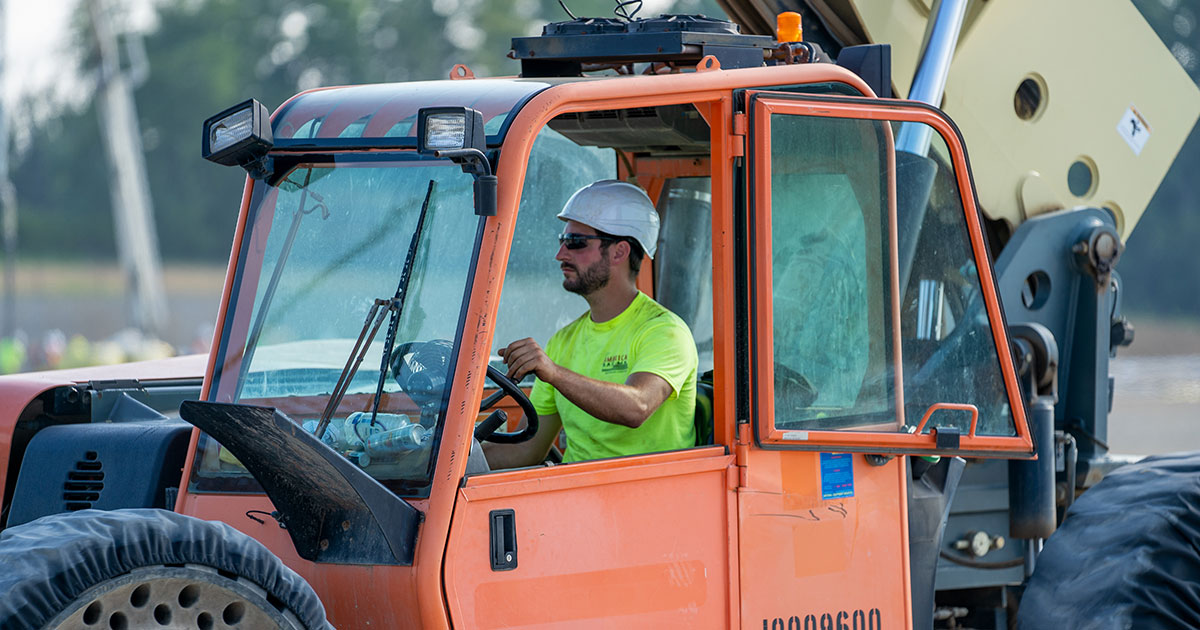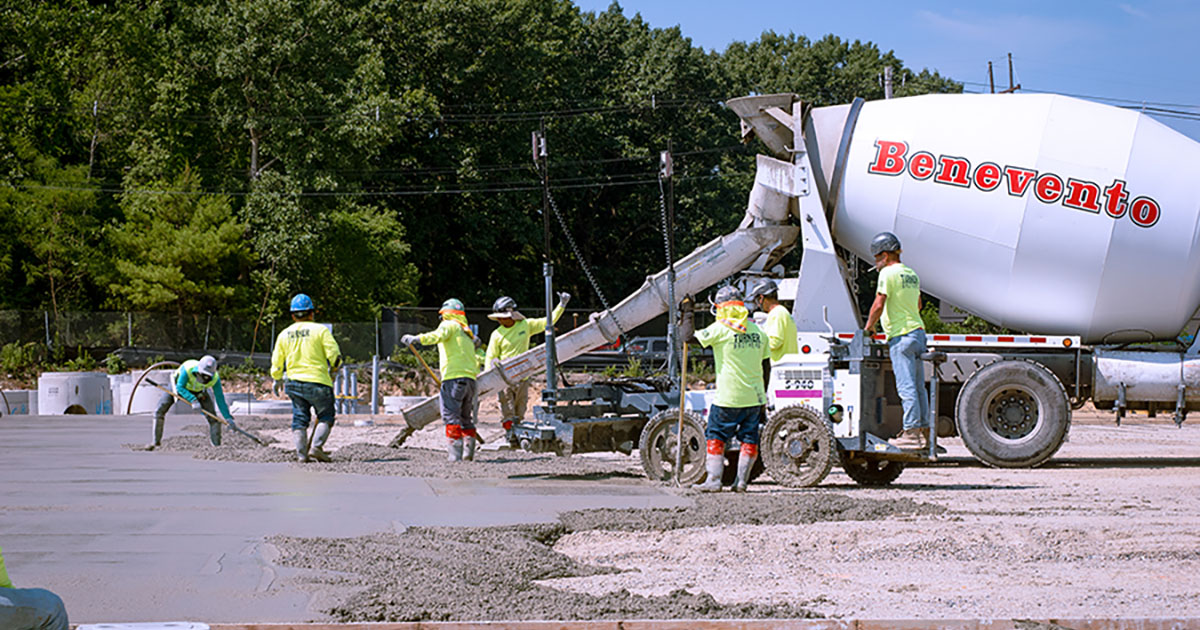
How Trade Schools Are Key to Solving the Labor Shortage
The labor shortage in skilled trades has reached critical levels, affecting industries like construction, manufacturing, plumbing, and electrical work. The demand for skilled workers far exceeds the supply, with many companies struggling to find qualified candidates. Trade schools are emerging as a powerful solution to this problem, offering specialized education and training programs that prepare students for rewarding careers in high-demand fields.
In this blog post, we’ll explore the role of trade schools in addressing the labor shortage, the benefits they offer to students and industries, and how they can help build a sustainable workforce for the future.
Understanding the Labor Shortage in the Trades
Current Challenges
The skilled trades labor market faces several challenges:
- Aging Workforce: Many experienced tradespeople are retiring, and younger generations aren’t entering these fields at the same rate.
- Lack of Awareness: Misconceptions about trade careers, such as the belief that they’re less prestigious or financially rewarding than white-collar jobs, deter potential candidates.
- Education Gap: Traditional education systems often emphasize four-year college degrees, leaving trade schools underutilized.
These factors have contributed to a widening gap between labor demand and supply, impacting productivity and economic growth.
Why Trade Schools Are the Solution
Specialized Training
Trade schools provide focused, hands-on training in specific skills such as carpentry, welding, HVAC repair, and electrical work. This targeted approach allows students to enter the workforce with the expertise employers need.
Faster Career Pathways
Unlike traditional four-year degrees, trade school programs typically take one to two years to complete. This accelerated timeline helps students start their careers sooner, addressing labor shortages more quickly.
Affordability
Trade schools are often more affordable than traditional colleges, reducing financial barriers for students. Lower tuition costs and shorter programs mean less student debt and a faster return on investment.
High Demand and Job Security
Graduates from trade schools enter industries with high demand for skilled labor. Many trades offer excellent job security, competitive wages, and opportunities for advancement.
The Economic Impact of Trade Schools
Supporting Local Economies
Trade schools play a crucial role in strengthening local economies by providing a steady pipeline of skilled workers to regional industries. This ensures businesses can meet project demands, avoid delays, and remain competitive.
Reducing Unemployment
By equipping individuals with practical skills, trade schools help reduce unemployment rates and fill positions that have gone unstaffed for months or even years.
Enhancing Productivity
A skilled workforce increases productivity across industries. Trade school graduates bring the expertise needed to complete projects efficiently and to high standards, boosting overall economic performance.
Benefits of Trade Schools for Students
Diverse Career Opportunities
Trade schools prepare students for careers in various fields, such as:
- Construction and carpentry
- Welding and fabrication
- Plumbing and HVAC systems
- Electrical work
- Automotive repair
- Advanced manufacturing
Financial Advantages
- Competitive Wages: Many trades offer salaries comparable to or exceeding those of some white-collar jobs.
- Low Student Debt: With lower tuition costs and faster program completion, students graduate with minimal debt.
- Earn While You Learn: Many trades offer apprenticeships that allow students to earn income while gaining hands-on experience.
High Job Satisfaction
Skilled trades offer tangible, rewarding work where individuals can see the results of their efforts, leading to high job satisfaction.
How Trade Schools Bridge the Skills Gap
Trade schools are uniquely positioned to address the skills gap by aligning their programs with industry needs. Here’s how they do it:
Industry Partnerships
Many trade schools collaborate with local businesses to develop curricula that reflect real-world requirements. This ensures graduates have the skills employers seek.
Apprenticeship Programs
Apprenticeships combine classroom instruction with on-the-job training, allowing students to gain practical experience while earning a wage.
Technology Integration
Modern trade schools incorporate the latest tools and technologies into their programs, preparing students for advancements in their industries.
Other Benefits of Trade Schools
Adapting to Emerging Industry Trends
Trade schools are uniquely positioned to adapt quickly to emerging trends in the trades. For example, the growing focus on sustainability has led many trade programs to integrate training in renewable energy systems, green building techniques, and energy-efficient technologies. Similarly, advancements in automation and robotics are creating new opportunities in manufacturing and construction, with trade schools equipping students to operate and maintain these cutting-edge systems. By aligning their programs with these trends, trade schools ensure graduates are prepared for both current and future industry demands.
Addressing Diversity in the Trades
The labor shortage in skilled trades also presents an opportunity to diversify the workforce. Trade schools can play a pivotal role in attracting underrepresented groups, including women and minorities, to careers in the trades. By promoting inclusive programs, offering mentorship opportunities, and creating welcoming environments, trade schools can help break down barriers and tap into a broader talent pool. Increasing diversity in the trades not only fills critical roles but also fosters innovation and collaboration within the industry.
Flexible Learning Options
To attract more students, many trade schools are offering flexible learning options, including evening and weekend classes, online courses, and hybrid programs. These formats allow students to balance their education with work or family responsibilities. This flexibility is particularly beneficial for career changers or those looking to upskill without disrupting their current employment. By making trade education more accessible, these programs help meet the growing demand for skilled workers.
Connecting Trade Schools with Community Initiatives
Community partnerships amplify the impact of trade schools by creating pathways to success for local residents. For example, trade schools can work with community organizations to provide outreach programs, career fairs, and workshops that introduce individuals to the trades. Additionally, partnerships with government agencies can lead to funding for scholarships and grants, further reducing financial barriers for prospective students. These collaborations not only strengthen communities but also ensure a steady pipeline of skilled workers for local industries.
Emphasizing Lifelong Learning in the Trades
The trades are evolving rapidly, with new technologies and methodologies emerging every year. Trade schools can address this by fostering a culture of lifelong learning. Offering continuing education programs, certifications, and skill refreshers ensures that workers stay competitive and up-to-date. This commitment to ongoing professional development benefits both employees and employers, as it leads to a more skilled and adaptable workforce capable of handling modern challenges.
Celebrating the Trades Through Public Awareness Campaigns
A crucial step in solving the labor shortage is reshaping public perceptions of trade careers. Large-scale public awareness campaigns can spotlight the essential nature of tradespeople, their contributions to society, and the lucrative, fulfilling careers available in the industry. These efforts can inspire the next generation of skilled workers and shift the narrative around trades as a viable and prestigious career path.
Encouraging More People to Choose Trade Schools
Changing Perceptions
Efforts to promote the value of trade careers are essential. Campaigns that highlight the financial and personal benefits of the trades can help shift outdated perceptions.
Early Education Initiatives
Introducing students to trade career paths in high school can spark interest and provide a clearer understanding of the opportunities available.
Financial Incentives
Scholarships, grants, and tuition reimbursement programs can make trade school more accessible to students from all backgrounds.
Promoting Success Stories
Sharing the stories of successful trade school graduates can inspire others to pursue similar paths, demonstrating the rewards of a career in the trades.
The Future of Trade Schools and the Workforce
As industries continue to evolve, trade schools will play an increasingly important role in workforce development. By:
- Adapting to technological advancements
- Expanding programs to meet emerging industry needs
- Strengthening partnerships with employers
Trade schools can remain at the forefront of solving the labor shortage, ensuring a skilled workforce for years to come.
Trade Schools as the Key to a Thriving Workforce
Trade schools are more than just a solution to the current labor shortage—they’re an investment in the future of the workforce. By providing accessible, specialized training, they prepare individuals for stable, rewarding careers while meeting the needs of industries struggling to fill essential roles. Encouraging more students to consider trade schools and supporting these institutions will be critical to building a sustainable, skilled labor force and ensuring long-term economic growth.






